To many people, the hemp plant is known for its “medicinal benefits”. Yet the almost THC-less industrial hemp is used for completely different purposes! This is, among other things, the production of ropes, clothing and paper.
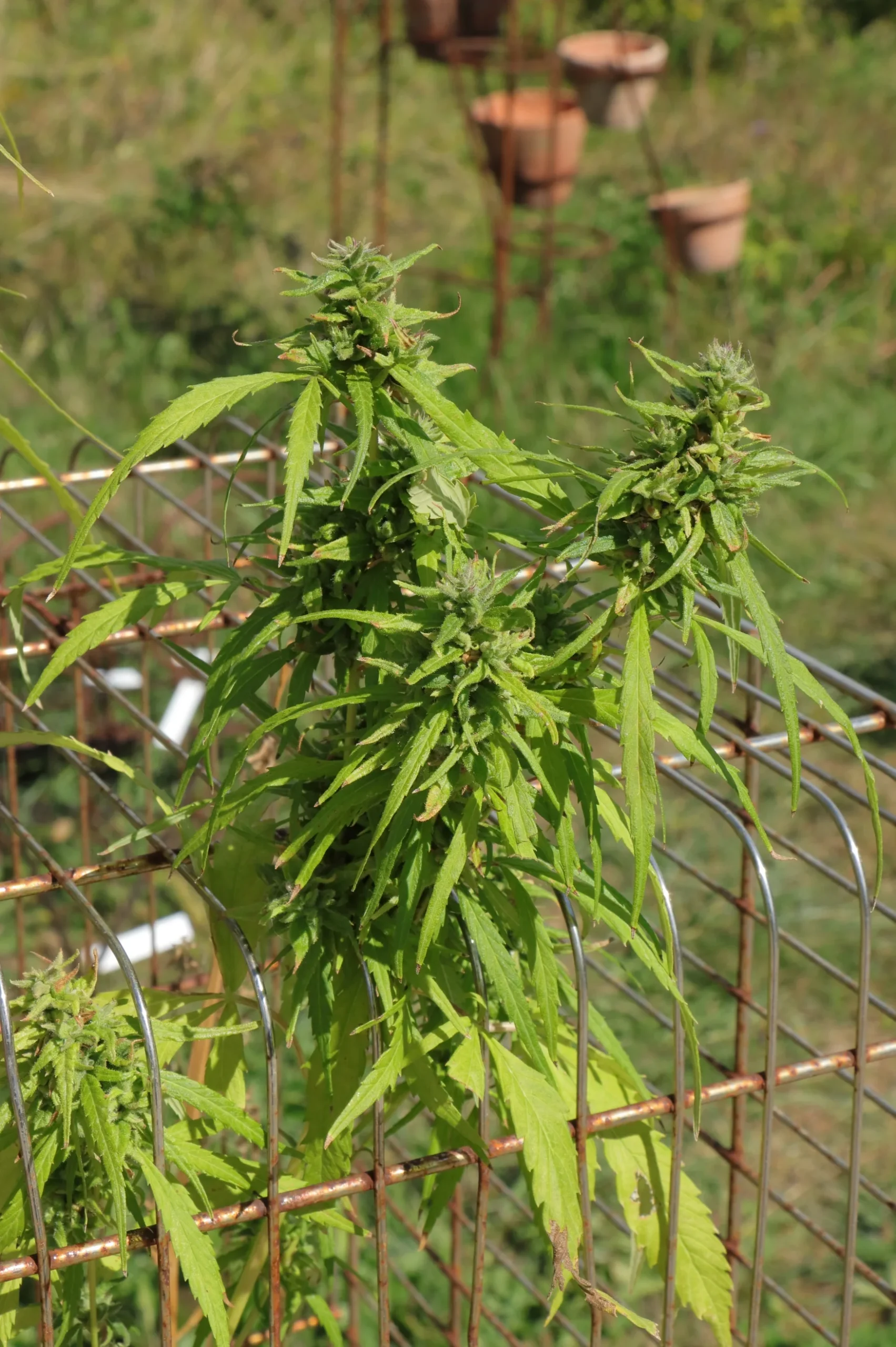

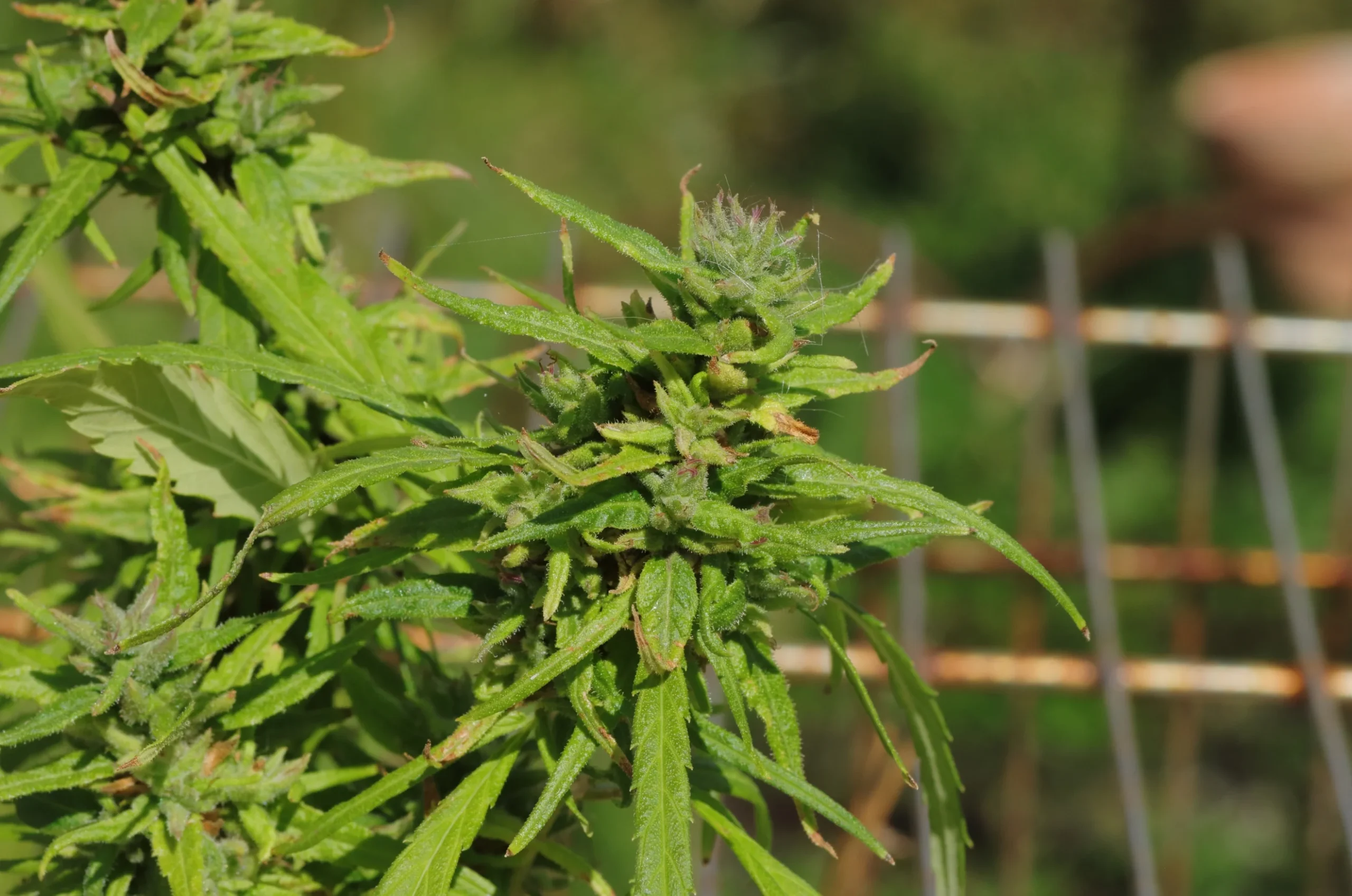
Note: The pictures show the “wild industrial hemp” – this is also a plant that requires a permit to plant under the German law.
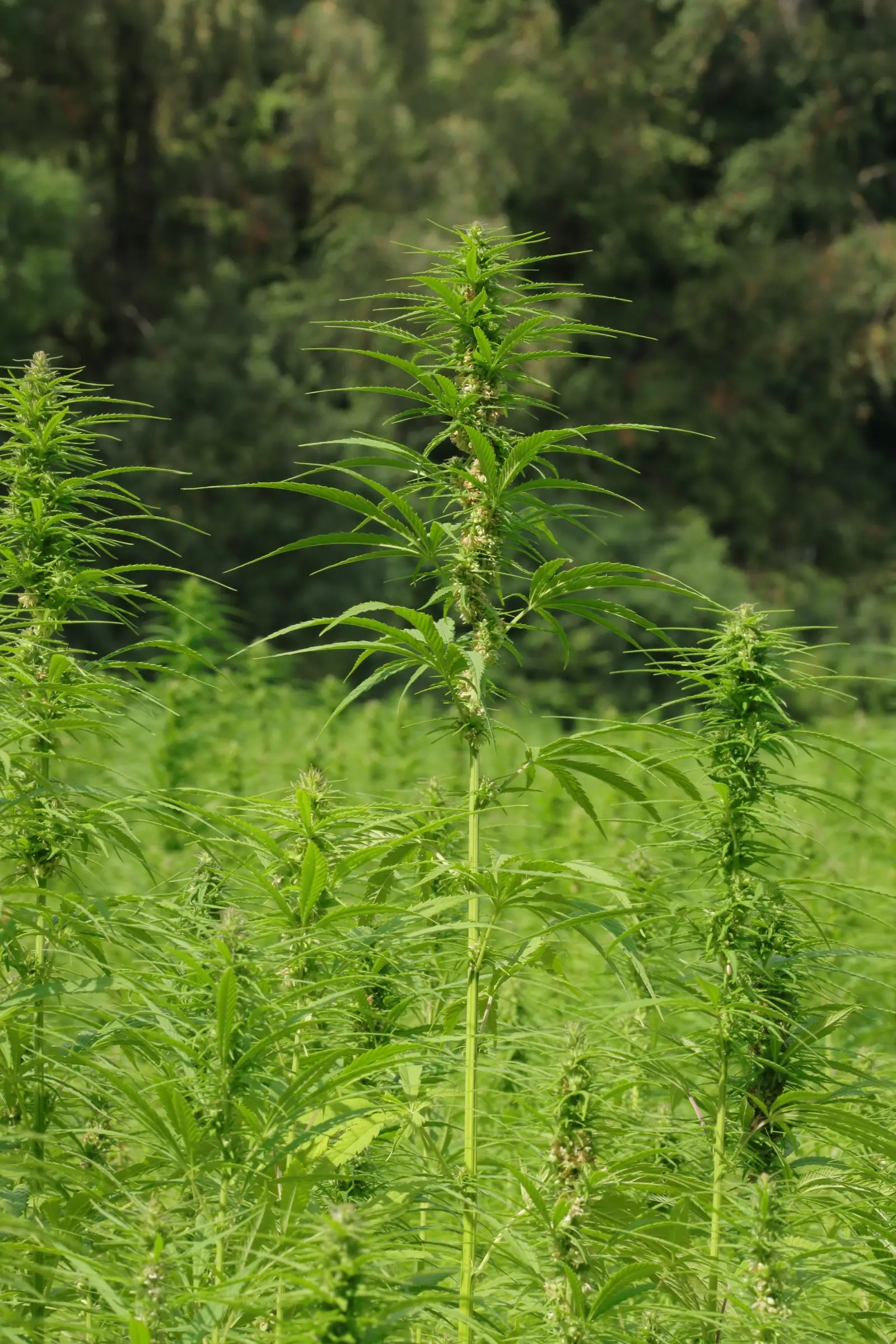
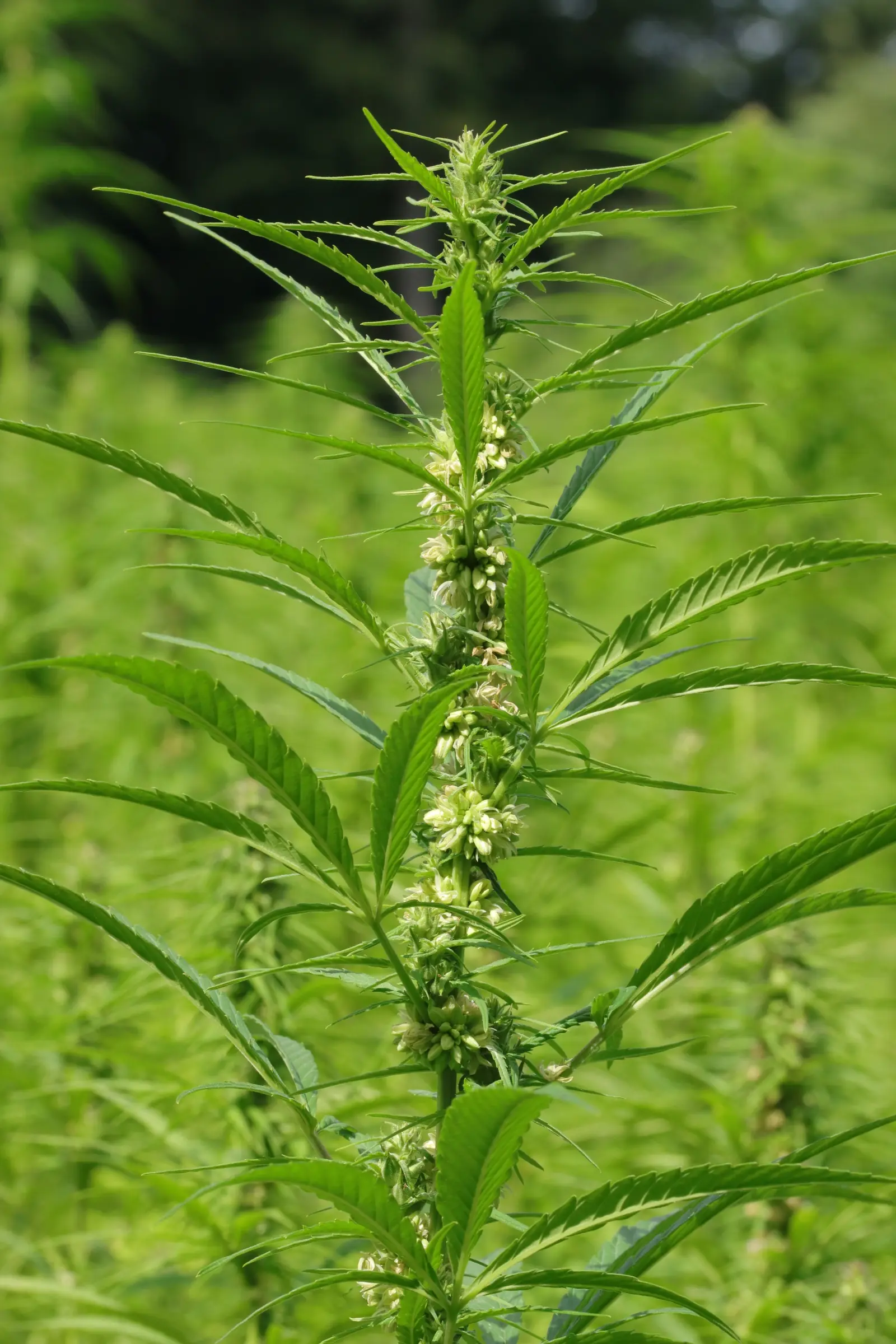
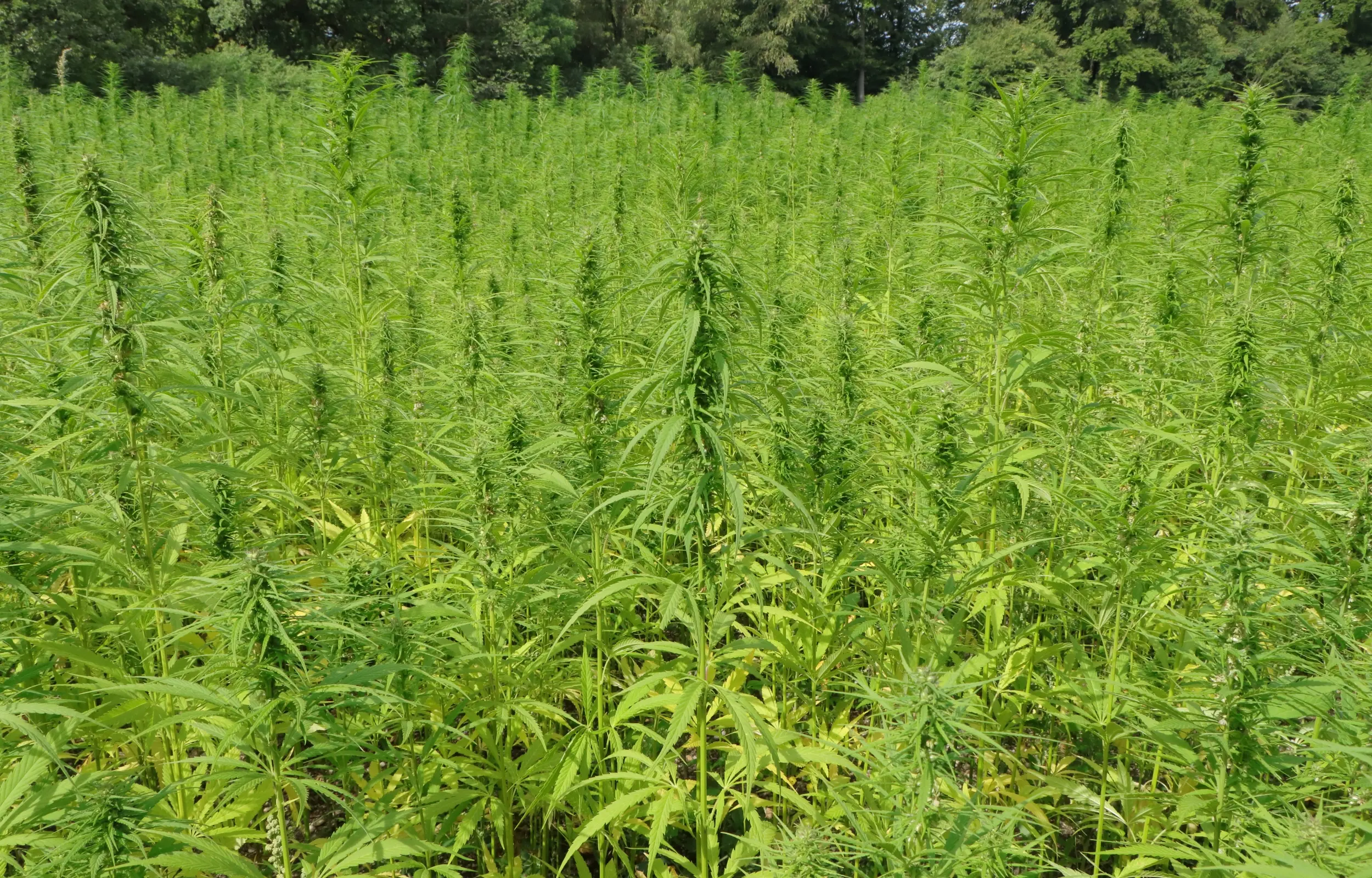
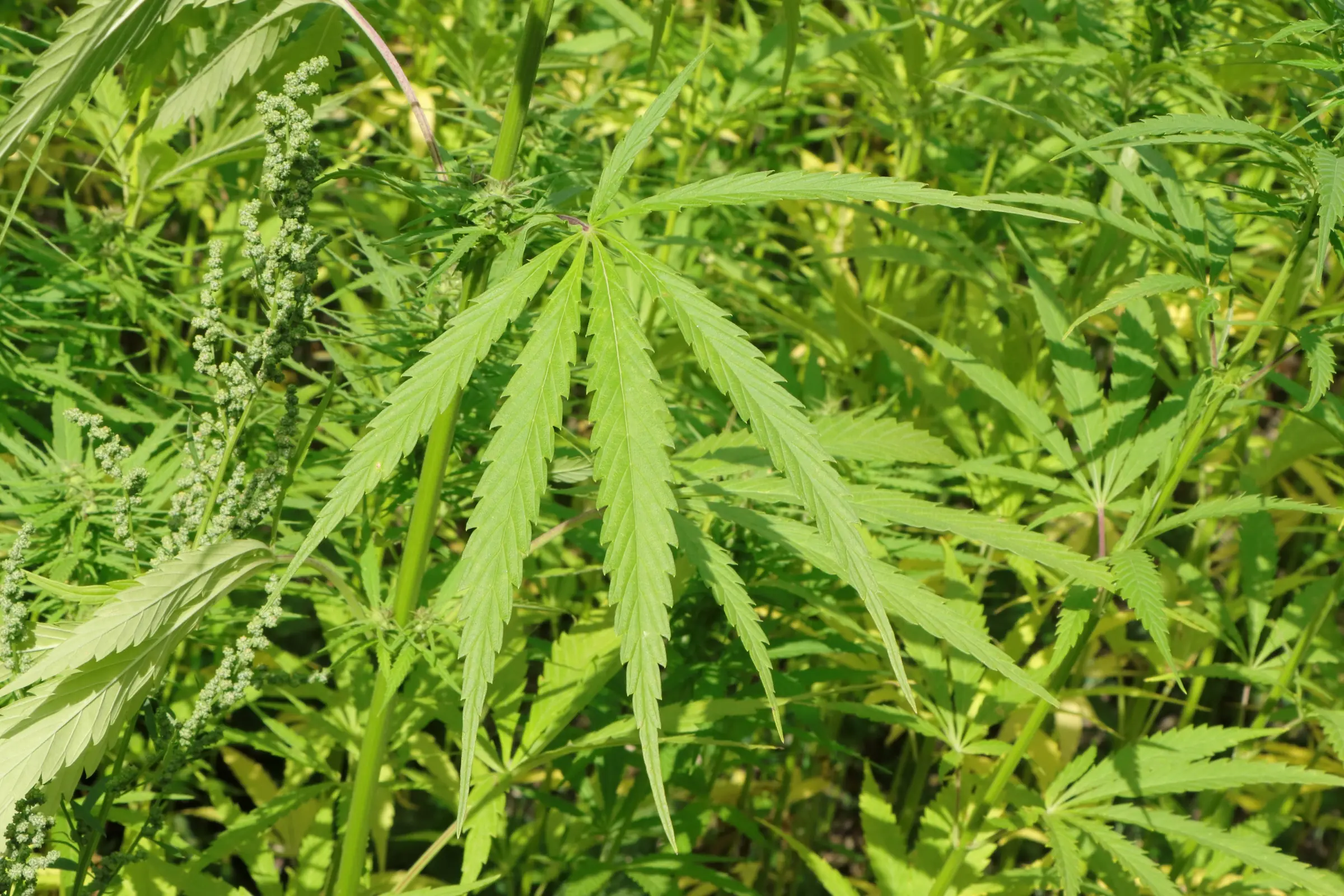

Occurrence and distribution: The industrial hemp is cultivated exclusively by farmers in certain areas. It originated in Central Asia, but its origins can be traced back to cultivars of wild plants. The plant was once considered an important, versatile crop and was cultivated throughout most of Europe and Asia. It is an annual plant. Cultivation by private individuals is strictly prohibited! Industrial hemp has few soil requirements, but prefers deep, humus-rich soils.
Plant description
Growth form: It is an annual plant that is grown by farmers under certain regulations. It has an upright, moderately to strongly branched form of growth. The female plants are more branched than the male plants. The hemp can reach a height of growth between 1 to 3 metres (3 ft 3 in to 9 ft 10 in). Under the ground, the roots can anchor up to 1 metre into the soil.
Leaves: In the case of ruderal hemp, the leaves sit directly on the stems. The industrial hemp, on the other hand, has long-stalked, protruding leaves. Between 5 to 7 leaf parts are formed per leaf. The upper side of the leaves is light green / dark green in color.
Flowers: The individual inflorescences consist of hanging flower clusters, from which the green stamens hang out. They are dioecious flowers. The male flowers are in loose, short clusters. The female flowers are located singly or in pairs on the stems. In industrial hemp and ruderal hemp, the flowers are pollinated primarily by wind. The flowering period is from July to August. The flowers contain a small amount of THC (maximum 0.2% THC content according to the EU Directive).
Fruits: After successful wind pollination, the small nutlets can form. These ripen completely within a few weeks after flowering. A greenish oil can be obtained from the seeds by grinding. The main methods of dispersal include self-propagation or dispersal by birds. Here, the plant depends on birds such as “blood linnets” (Linaria cannabina).
Toxicity of the plant
Toxicity of the plant: The female plant develops resin. This can lead to intoxication and hallucinations due to the substances contained. The concentration in industrial hemp is too low to have a psychoactive effect.
Contents: delta-9-tetrahydrocannabinol
Side effect of the resin: depending on the dosage may cause sleep disorders, forgetfulness, reddened eyes.
Use as a crop
Use as a crop: Since the Middle Ages, hemp was already known as a useful plant. It was mainly used to make ropes, coarse cloth and fabrics, and even paper. In China, the plant now known as “Indian hemp” was broken down into fibers and then recombined to make paper. Today, the plant is used to make insulation and building materials, and the stalks are used to provide animal bedding. In addition, from the hemp seeds it is possible to produce bird food as well as cosmetic products. They are rich in proteins and fats. Textiles made from hemp fibers can absorb up to 95% of UV radiation and thus keep warm for a longer period of time.
In Upper Swabia, industrial hemp used to be cultivated in the Federsee region. The turf-rich area provided good conditions for cultivation. The stalks are first softened through threshing and thus split open. From these fiber strands, similar to the processing of linseed into flax, a type of yarn can be produced by repeated brushing over metallic combs. In the past, these yarns were then further processed by ropemakers into ropes, cords and nets.
The short fibers are still popular as waterproofing in the plumbing sector. The fibers can absorb water and thus expand.
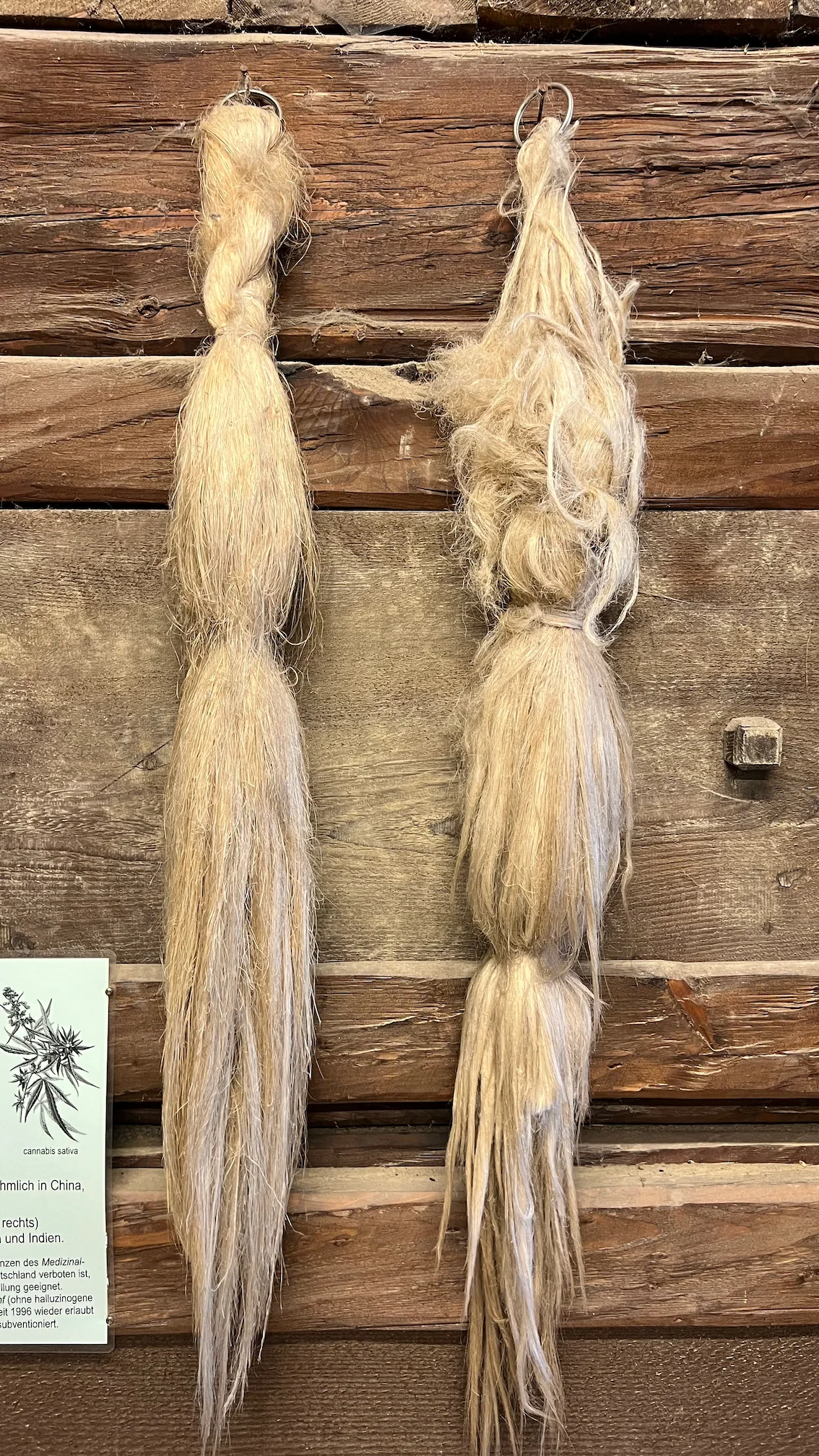
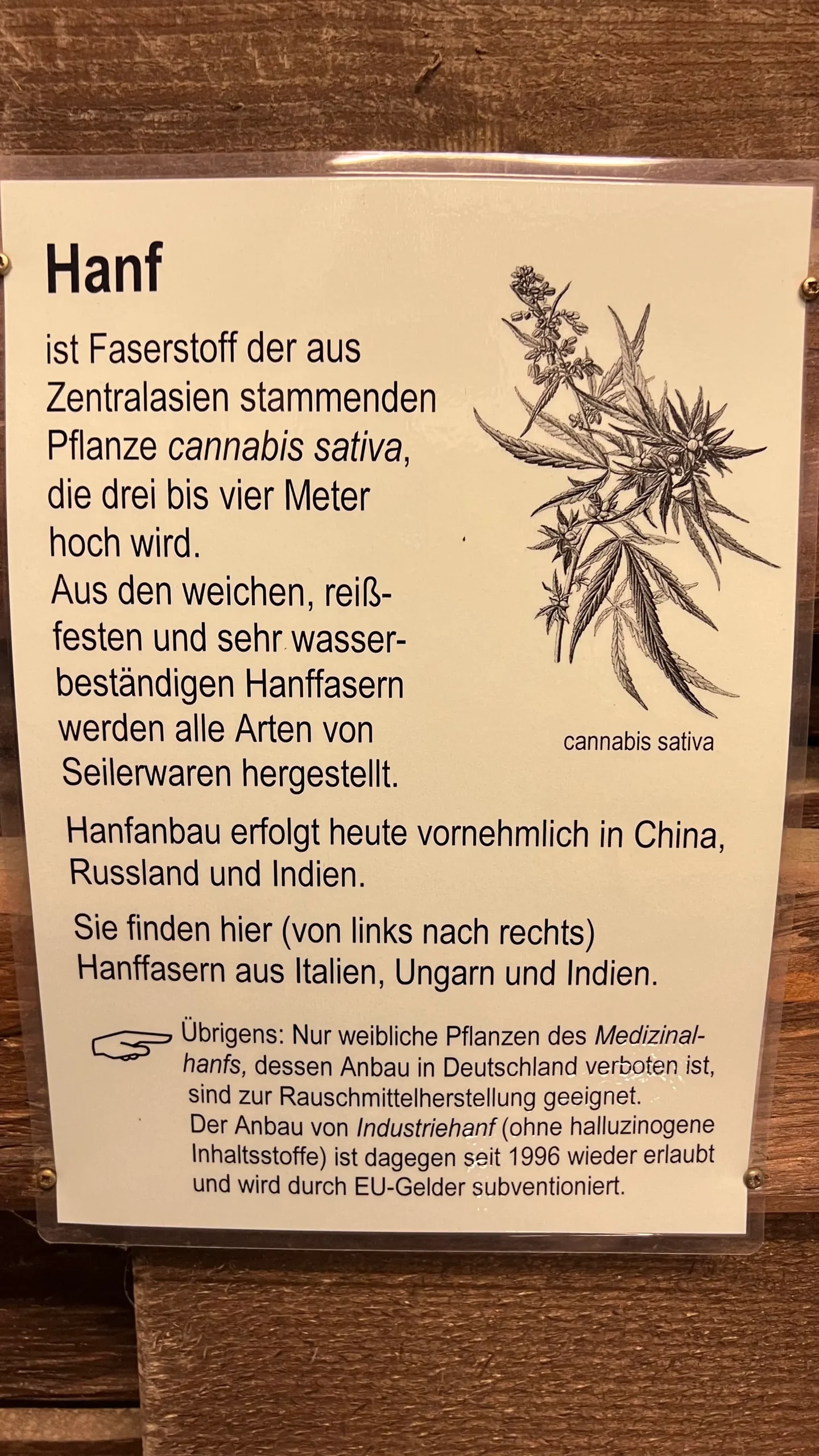

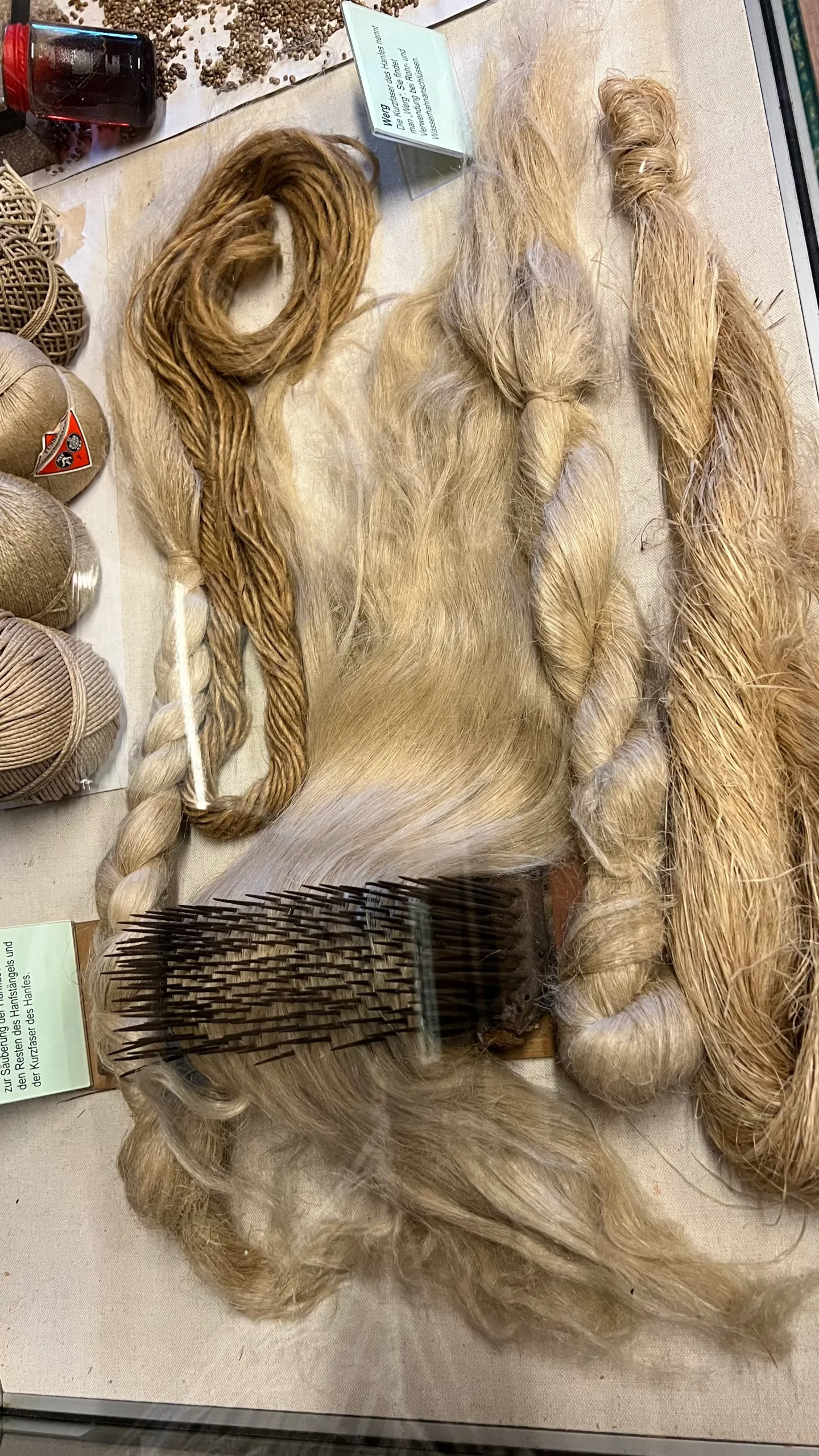
Translation of the images
Translation of the small poster with an image of a hemp flower / leaves: Hemp is a fiber from the plant cannabis sativa, native to Central Asia, which grows three to four meters tall. From the soft, tear-resistant and very water-resistant hemp fibers are used to make all kinds of rope. Today, hemp is mainly cultivated in China, Russia and India. Only female plants of the medicinal hemp, the cultivation of which is prohibited in Germany, are suitable for the production of narcotics. The cultivation of industrial hemp (without hallucinogenic ingredients), on the other hand, has been permitted again since 1996 and is subsidized by EU funds.
Translation of the small poster on the bottom left: Hemp from Upper Swabia – Hemp cultivation was already widespread in Germany in the Middle Ages. Not only in the ropemaking industry hemp was used as the most suitable natural fiber. Hemp is also quite suitable for the production of clothing and coarser fabrics. The processing procedure from raw fiber to yarn is similar to that of flax. As can be seen in the picture next to it. Until the 1950s, hemp was also cultivated in the Federsee region, where the moist and turfy soil offers quite good conditions.
Origin of the name
Origin of the name: The botanical genus name “Cannabis” can be derived from the Greek word “κάνναβις” (kannabis) – this means “hemp” translated into english. The botanical species name “sativa” is derived from “sativus” – meaning “cultivated, planted”.
Distribution-Codes: none (synthetic)